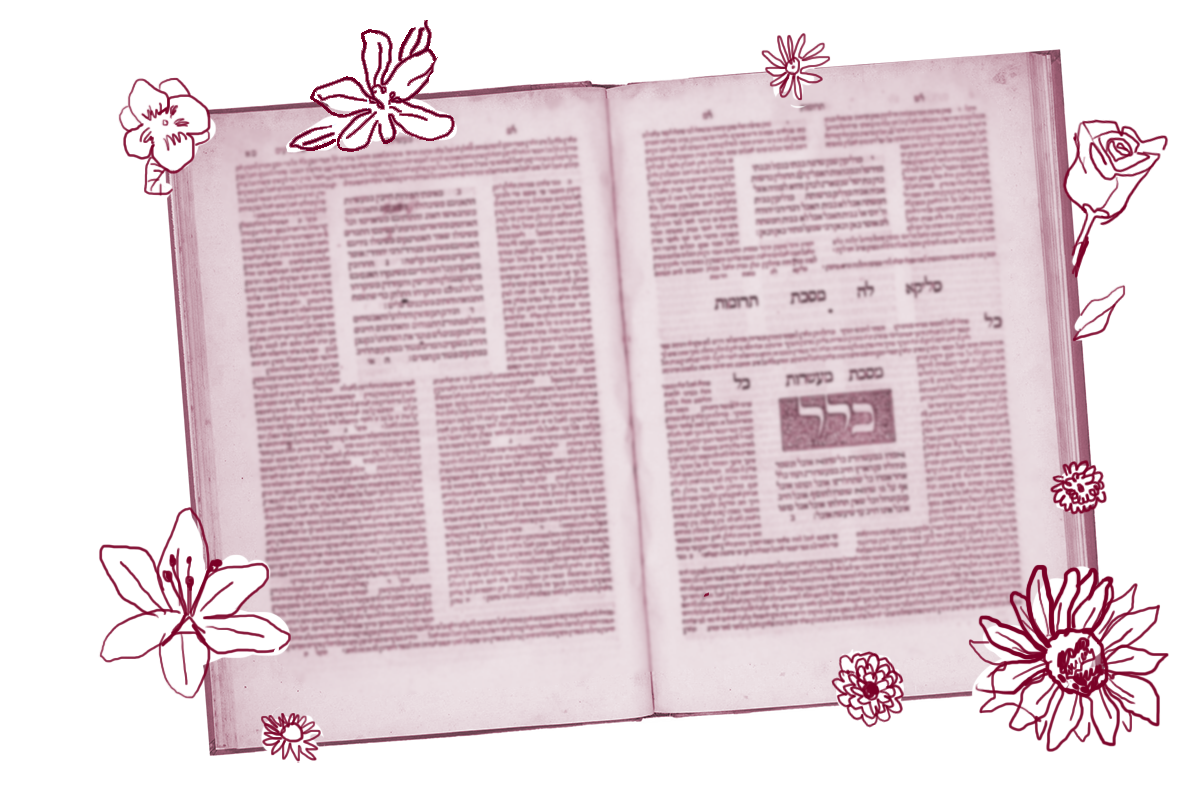In the days of the mishnah, there were no rabbinic academies or schools. Instead, students who wanted to learn Torah from the rabbis would become the disciples of a particular rabbi. But what happened when their rabbi died before they were ready to stop studying? They had to find another rabbi to take them on.
When the fifth-generation tanna Rabbi Meir died,
Rabbi Yehuda said to his students: Do not let the students of Rabbi Meir enter here because they are vexatious and they do not come to study Torah, but they come to overwhelm me with their halakhot.
Rabbi Yehuda tries to exclude Rabbi Meir’s students from joining his own students. His reasoning? They are difficult; they don’t actually want to learn from and with Rabbi Yehuda but instead want to overwhelm him with their own knowledge. Is he right?

Help us keep Jewish knowledge accessible to millions of people around the world.
Your donation to My Jewish Learning fuels endless journeys of Jewish discovery. With your help, My Jewish Learning can continue to provide nonstop opportunities for learning, connection and growth.
Sumakhos forced his way in and entered. He said to them: Rabbi Meir taught me like this: A nazirite shaves for these sources of ritual impurity: For a corpse and for an olive-bulk from a corpse. Rabbi Yehuda grew angry.
Why does Rabbi Yehuda get mad at Sumakhos? Is it because he’s forcing himself into the room against Rabbi Yehuda’s wishes? Is it because Sumakhos’s comment is a non-sequitur (the text of the Talmud doesn’t tell us what Rabbi Yehuda had been teaching when Sumakhos made his comment)? Or is it because he is contradicting a position held by Rabbi Yehuda?
Rabbi Yehuda explains that it is none of those things. Instead, it’s that Sumakhos’ teaching is redundant.
He said: Didn’t I say to you like this: Do not let the students of Rabbi Meir enter here because they are vexatious? He must shave for impurity imparted by an olive-bulk from a corpse, is it not all the more so for a corpse?
According to Rabbi Yehuda’s reading, if an olive’s volume of corpse material makes one impure, then obviously a whole corpse will make someone impure. Rabbi Yehuda assumes, or knows based on prior experience, that Rabbi Meir’s student is being vexatious for the sake of it. He thus dismisses Sumakhos’ comment as nonsensical.
But it turns out that Rabbi Yosei was also in the room. Where Sumakhos is a generation younger than Rabbi Meir and Rabbi Yehuda, Rabbi Yosei was their peer, and so could function as a teacher too.
Rabbi Yosei said: Now they will say: Meir is dead, Yehuda is angry, and Yosei remained silent. If so, what will become of the Torah? Rabbi Yosei therefore said: It is not necessary, but for a corpse upon which there is not an olive-bulk of flesh.
Rabbi Yosei explains that the position Sumakhos transmits from Rabbi Meir is actually not redundant. Instead, Rabbi Meir is teaching two separate things: that an olive’s volume of human flesh causes corpse impurity and that a skeleton with no flesh on it transmits corpse impurity too.
I go back and forth about who to sympathize with here. Sumakhos, who so desperately wants to study Torah that he forces himself into Rabbi Yehuda’s circle? Yet, he did impose himself where he was not welcome. Or perhaps I should sympathize with Rabbi Yehuda, faced with a new student who was trained in a very different culture of learning? Yet if Rabbi Yehuda had not been so on edge about Sumakhos from the start, he might have understood the nuance in his position.
Ultimately, I sympathize most with Rabbi Yosei, who sees this conflict and understands that he needs to get off the sidelines and contribute; he chooses a path that not only makes sense of the teaching. The intervention is necessary because otherwise, in Rabbi Yosei’s own words, what will become of Torah? Those who like to sit back and listen must learn to speak in order to perpetuate the study of Torah — in all its complexity — to the next generation.
Read all of Nazir 49 on Sefaria.
This piece originally appeared in a My Jewish Learning Daf Yomi email newsletter sent on March 13th, 2023. If you are interested in receiving the newsletter, sign up here.



